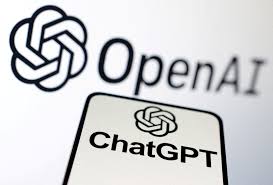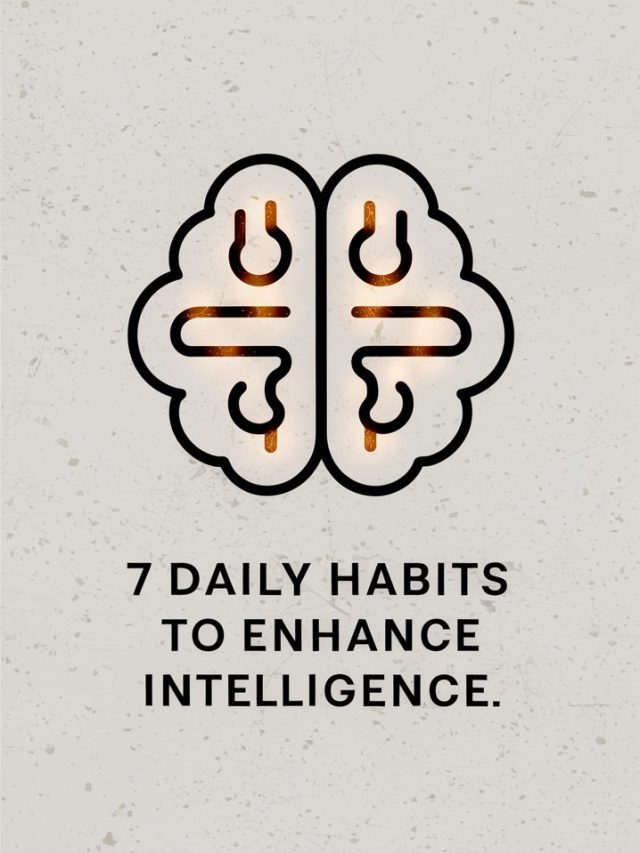Discover Microsoft’s new Phi-3.5 AI models, designed to outperform Google Gemini, Meta’s Llama, and OpenAI’s GPT-4o in reasoning, vision, and long-context tasks.
In a bold move that has captured the tech industry’s attention, Microsoft has officially launched its latest AI models in the Phi-3.5 series. This new set of models, including the Phi-3.5-MoE-instruct, Phi-3.5-mini-instruct, and Phi-3.5-vision-instruct, is designed to push the boundaries of what small language models (SLMs) can achieve. Microsoft’s innovative approach has resulted in models that outperform key competitors such as Google’s Gemini 1.5 Flash, Meta’s Llama 3.1, and OpenAI’s GPT-4o in several critical benchmarks, signaling a significant shift in the landscape of AI technology.
This release is important for Microsoft because the Phi-3.5 series not only competes with but also tops several leading AI models from giants like Google, Meta, and OpenAI. Under an MIT license, the models are available on the Hugging Face platform for all developers worldwide and are going to change the face of AI integration across different industries drastically. Also read : https://theaspectratio.in/artificial-intelligence/sarvam-ai-takes-on-global-ai-giants-with-innovative-models-tailored-for-india-see-the-details/
The New Phi-3.5 Models: A Closer Look
Phi-3.5-MoE-Instruct: A Giant in Reasoning
The Phi-3.5-MoE-instruct model, with its 42-billion parameters, stands out as a powerhouse in reasoning capabilities. It boasts a mixture of experts (MoE) architecture, where 16 experts collaborate, with two being activated during generation. This structure allows for advanced reasoning across multiple languages, although the exact languages supported remain unspecified. Despite its size, it efficiently uses 6.6 billion parameters in each inference, making it highly competitive in performance benchmarks.
While it slightly lags behind GPT-40-mini, it surpasses models like Gemini 1.5 Flash, positioning it as a formidable tool for applications requiring robust reasoning in code, mathematics, and logic.
Phi-3.5-Mini-Instruct: Efficiency in a Compact Form: The Phi-3.5-mini-instruct model, with 3.82 billion parameters, is a lightweight yet potent artificial intelligence model intended for simple and rapid reasoning tasks. It performs noticeably better than larger models, such as Mistral 7B and Llama 3.18B, in long-context tasks like information retrieval and document summarization.
The model’s support for a 128K token context length is a notable feature, especially when compared to its competitors, which typically support only up to 8K. This makes Phi-3.5-mini-instruct an ideal choice for memory and compute-constrained environments, where efficiency and speed are paramount.
Phi-3.5-Vision-Instruct: Bridging Text and Vision: The Phi-3.5-vision-instruct model is a specially designed multimodal AI model with 4.15 billion parameters for doing various jobs requiring textual and visual understanding. Thus, this model is outstandingly good at the analysis of images and videos. It will, therefore, be a very useful tool in applications involving visual recognition, chart analysis, and video summarization. Read more- https://indianexpress.com/article/technology/artificial-intelligence/microsoft-phi-3-5-series-small-language-ai-models-unveiled-9527278/
The model’s ability to process both text and images simultaneously opens up new possibilities for integrating AI into creative industries, research, and more.
Key Use Cases and Applications
General-Purpose AI Systems: The Phi-3.5 models are versatile tools that can be integrated into general-purpose AI systems. Their advanced reasoning capabilities make them suitable for applications in code generation, mathematical problem-solving, and logical reasoning. The Phi-3.5-MoE-instruct model, in particular, is ideal for tasks that require high-level reasoning and multilingual support.
Document Summarization and Information Retrieval: The Phi-3.5-mini-instruct model is a great option for information retrieval and document summarizing since it performs exceptionally well in long-context tasks. It is an invaluable tool for sectors like law, education, and research that need to analyze information quickly and accurately due to its capacity to manage massive volumes of text.
Visual Recognition and Analysis: The Phi-3.5-vision-instruct model’s capability to process both text and images makes it a powerful tool for visual recognition and analysis. Whether it’s analyzing video content, recognizing patterns in images, or summarizing visual data, this model is designed to excel in tasks that require a combination of text and vision.
Future Outlook: The Road Ahead for Phi-3.5 Models

AI technology is rapidly evolving, and the Phi-3.5 models are poised to play a crucial role in this development. These models, which are openly available on Hugging Face, have demonstrated impressive capabilities across various benchmarks. This accessibility and performance make them valuable tools for both commercial applications and academic research.
Phi-3.5 models should be incorporated into increasingly complex systems as AI develops, potentially completely changing industries like computer vision and natural language processing. Because they are open-source, they promote cooperation and creativity, which may hasten the advancement of AI technology. These models might be used as building blocks for increasingly more sophisticated AI systems in the upcoming years, extending the potential applications of artificial intelligence in a variety of fields.
As developers and researchers continue to explore the potential of these models, the Phi-3.5 series is poised to become a cornerstone in the future of AI development.






















